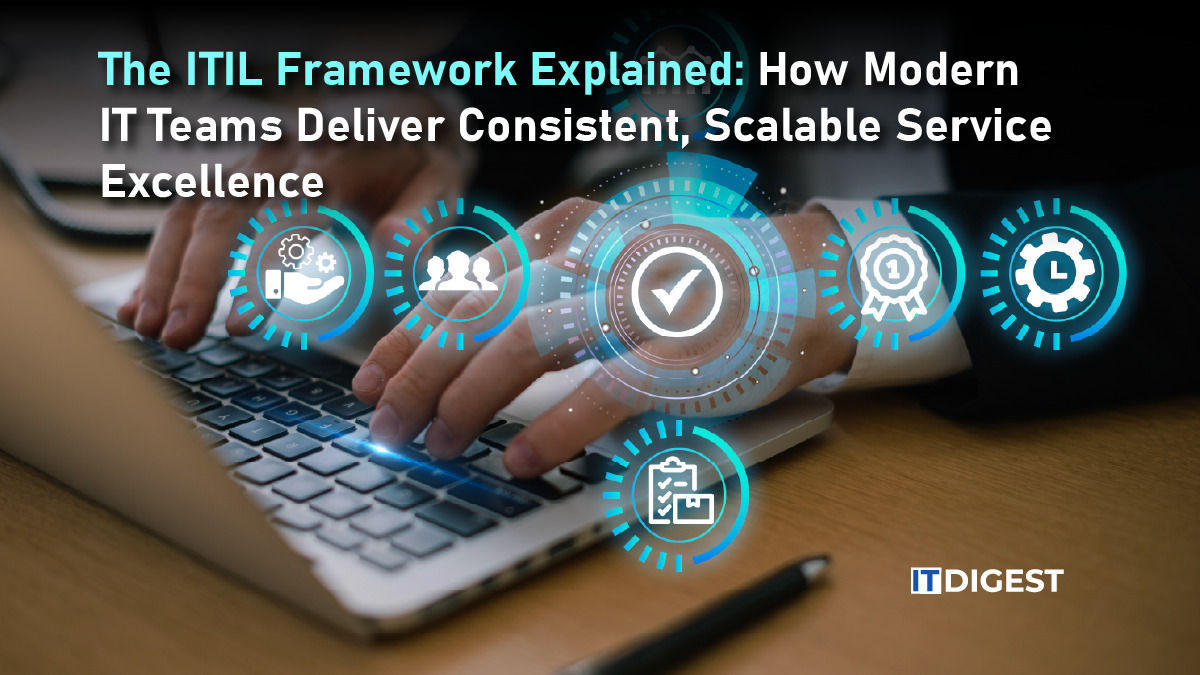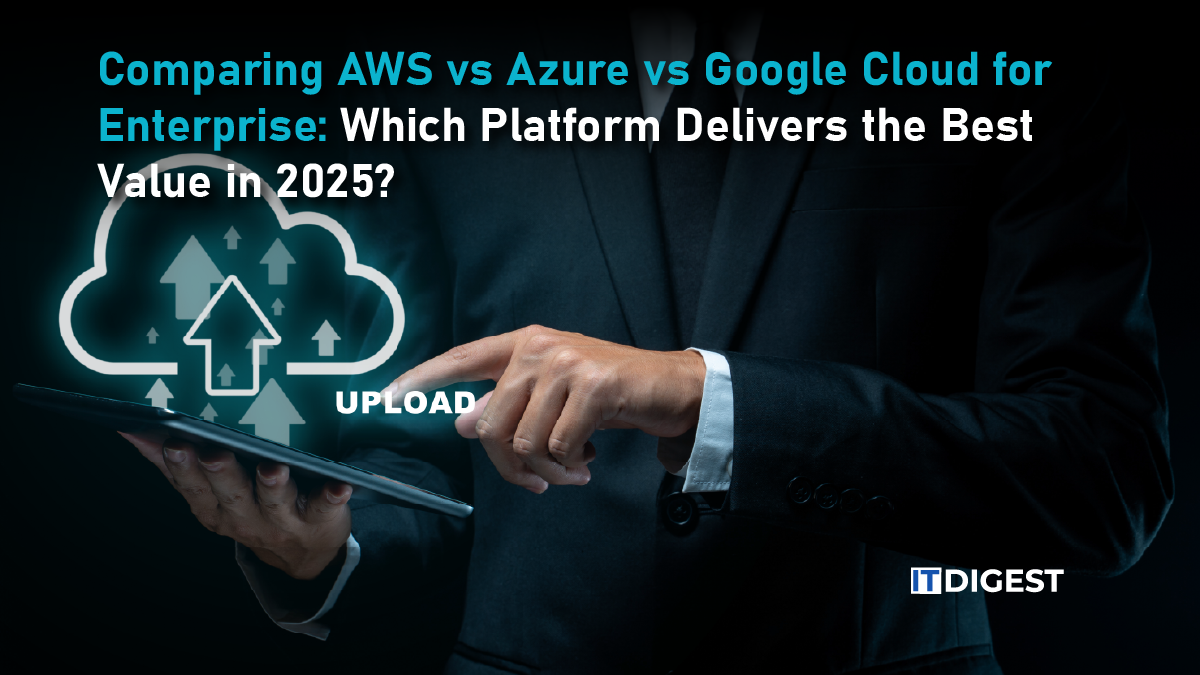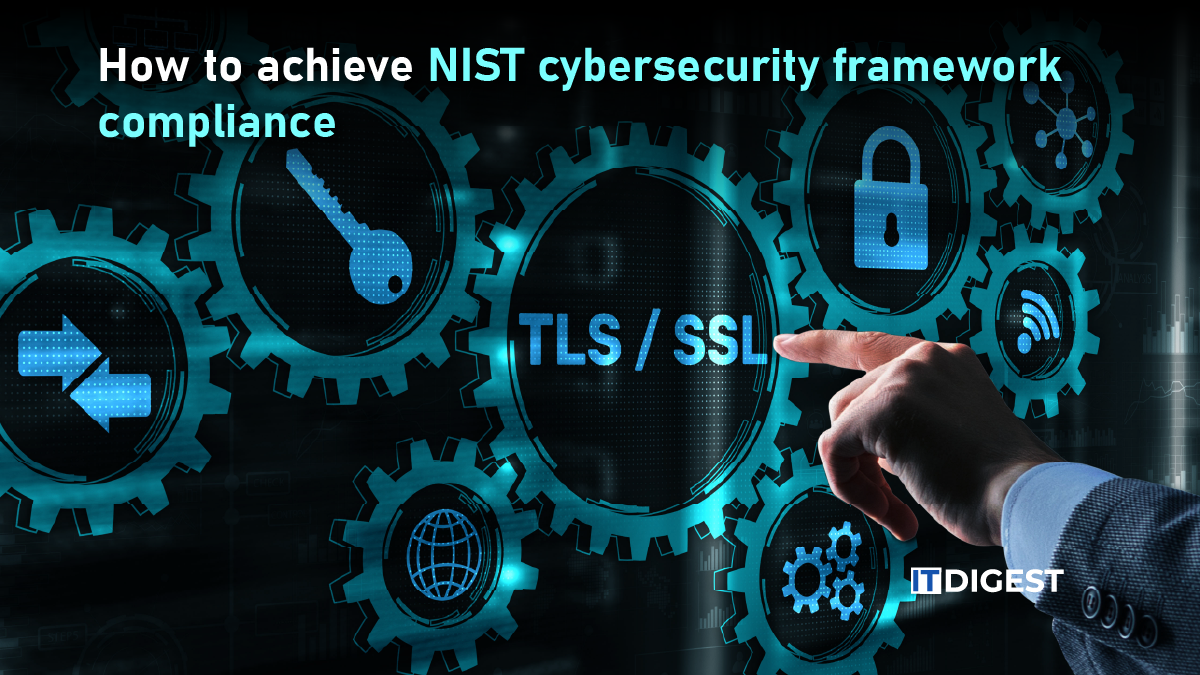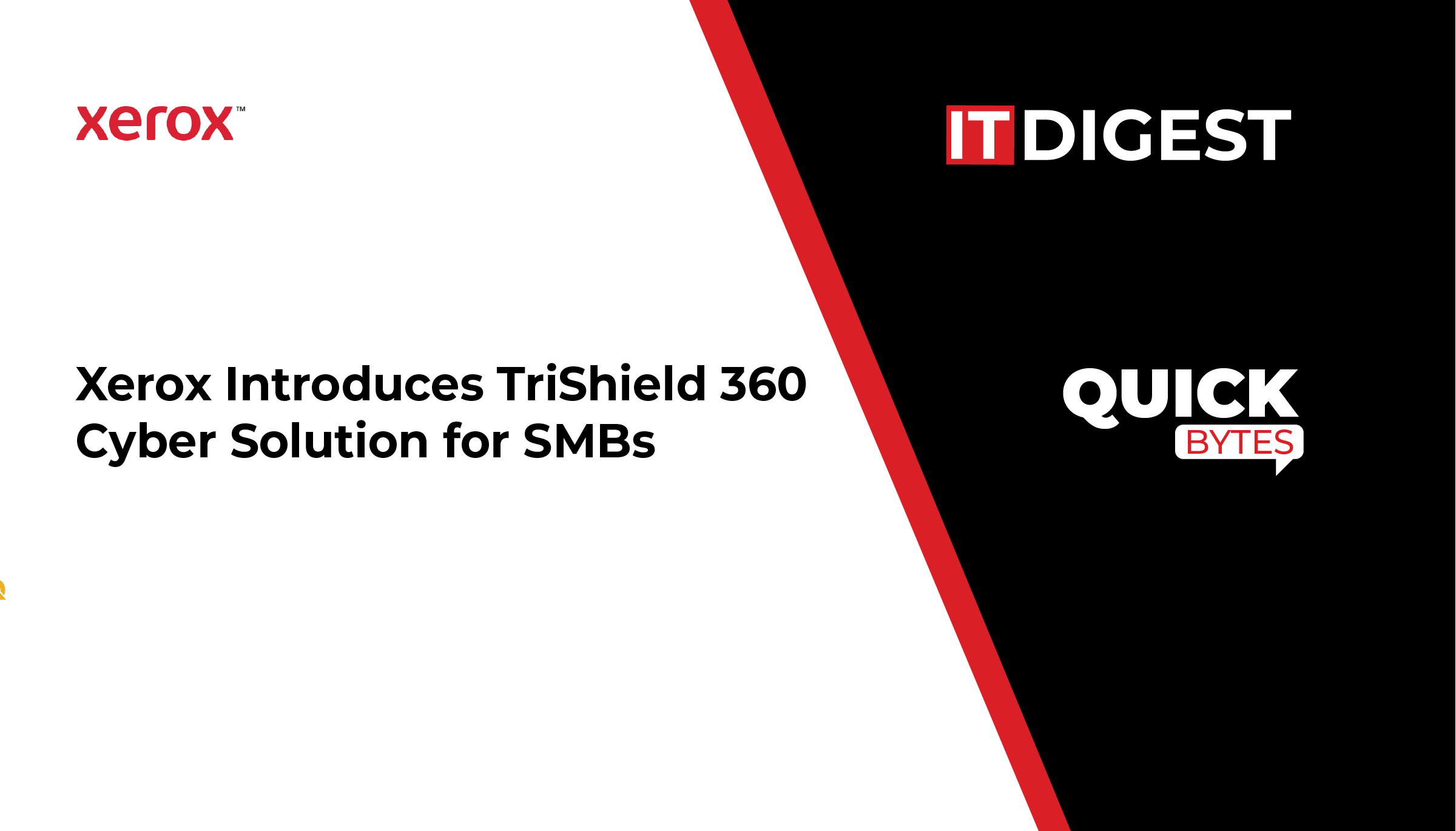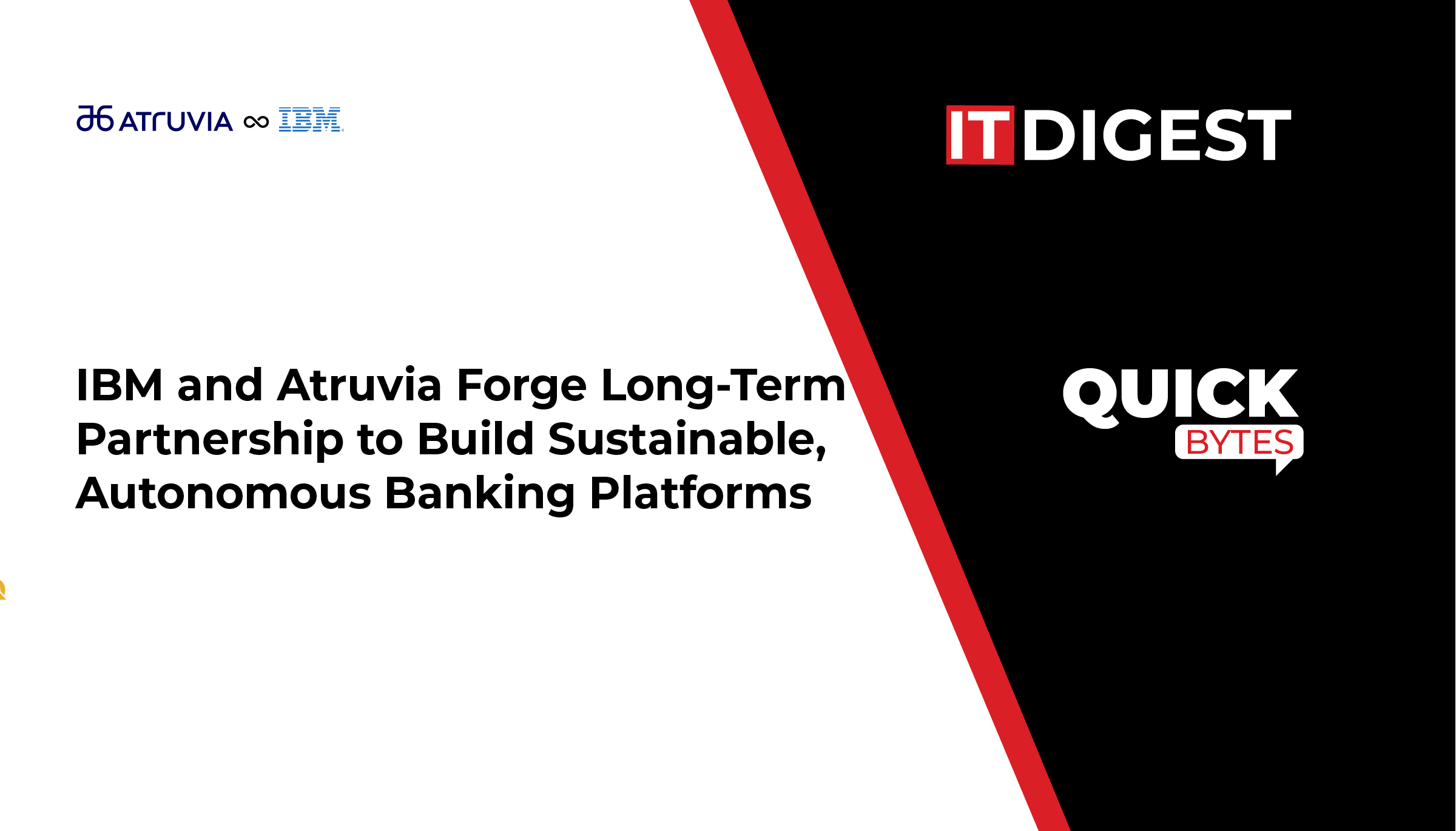BigID, a leader in data security and privacy, has launched its new Agentic Data Mapping feature. This tool helps with compliance and AI governance. This AI-driven feature maps and visualizes how personal data moves in organizations. Announced on November 19, 2025, this change is a big step for how businesses handle privacy in complex data settings.
What’s New: Agentic Mapping for Privacy
Traditional data mapping and privacy documentation methods often involve manual processes-spreadsheets, static diagrams, and time-consuming interviews. These quickly fall out of date when systems, vendors, or data policies change. BigID’s new agentic feature deploys agentic AI to read an organization’s RoPA and build live, constantly updating data flow maps.
This “living map” shows how personal data is collected, processed, transformed, and transferred. It covers cloud platforms, SaaS apps, and AI pipelines. It shows how data moves and points out risky or unauthorized flows. This includes high-risk transfers, cross-border movements, and unexpected processing. This helps organizations tackle compliance gaps before they become issues.
BigID says this gives companies full lifecycle transparency from data collection through retention, helping compliance teams maintain audit readiness and regulatory alignment-e.g., GDPR, CPRA, and other global privacy frameworks. As BigID’s Chief Product Officer and co-founder, Nimrod Vax, put it: “By making data flow maps intelligent and self-maintaining, we’re giving privacy and risk teams the power to see and control personal data like never before.”
Why It Matters for the Big Data Industry
It’s more than a new feature announcement, and it may be a landmark in bridging big data with privacy compliance more tightly.
-
Scale Automation
Big data environments are notoriously complex, involving vast volumes of structured and unstructured data, spread across on-premises databases, cloud storage, microservices, and AI training data pipelines. Manual mapping often can’t keep pace. With agentic AI, BigID can scale its mapping capability to make it feasible for enterprises to maintain up-to-date visibility without proportional increases in manual effort.
-
Continuous Risk Monitoring
This shift from static documentation to a constantly updated model will enable real-time risk detection. In a big data world, data flows evolve at a rapid pace-new data sources, SaaS onboarding, AI agents consuming data-which makes continuous monitoring highly necessary. This could reduce the risk of non-compliance, data breaches, and unwanted data exposure.
-
Embed Privacy in Data Strategy
For big data teams and data engineers, privacy used to be a constraint; now it’s becoming a feature of data architecture by design. As companies increasingly build data lakes, run analytics, or train AI models on personal data, tools like BigID’s agentic mapping are helping embed principles of privacy-by-design directly into data operations.
-
AI Governance Convergence
BigID is focused on AI governance with its platform, BigID Next. This tool helps with data security, compliance, and governance in AI applications. The new mapping feature improves governance. It clarifies how personal data is used in AI workflows. This helps companies create more responsible and auditable AI systems.
Also Read: AWS Unveils Zero-ETL Integration Between Aurora MySQL and SageMaker Lakehouse
Impacts on Businesses
This has several ramifications for business:
- Trust in AI Interpretation: Organizations must trust that agentic AI gets their data processes. Misinterpretations can create gaps or give false confidence.
- Enhanced Audit Readiness: Businesses are now more ready for audits and regulatory checks. This is thanks to updated data flow maps and automatic risk alerts. This will also support the building of stakeholder trust, whether regulators, customers, or partners.
- Better Data Governance: A live, unified view shows how personal data flows between systems. This helps organizations make smarter choices about data retention, sharing, and minimization.
- Strategic Advantage: Data is key in business strategy, especially for AI-driven companies. Smartly managing, governing, and securing data gives a competitive edge. Companies that protect data privacy, reduce risk, and comply well can innovate with their data and grow faster.
- Cost Savings: While investing in privacy tools costs money, it leads to big savings. This comes from less manual work and fewer compliance failures. Automating maps helps privacy and risk teams focus on strategy. They can spend less time on repetitive tasks and more on important activities.
Challenges & Considerations
However, the following are possible challenges.
- Trust in AI Interpretation: For Organizations to have faith that agentic AI correctly interprets their data processes, misinterpretation could lead to gaps or false assurance.
- Integration Complexity: Big data ecosystems are usually complex and heterogeneous, comprising legacy systems, custom applications, and third-party services. Ensuring that the mapping AI integrates seamlessly across all these is anything but trivial.
- Governance of AI Itself: There is also the question, with AI mapping the data, how the AI model itself is governed, its transparency, its training data, and its decision-making logic need to be auditable.
Looking Ahead
BigID‘s introduction of Agentic Data Mapping is a meaningful step in modernizing privacy operations. As data environments grow more dynamic, traditional static documentation models are rapidly becoming obsolete. Agentic mapping, with its real-time AI-driven visibility, stands to take center stage as a foundation for next-generation privacy governance.
It is yet another signal for the big data industry that privacy and compliance are rapidly migrating from mere This shows the big data industry that privacy and compliance are changing. They are moving from being seen as costs to becoming key strategies. Companies using these innovations can reduce risks and find new value in their data. They build trust, follow regulations, and scale their data operations responsibly.




















